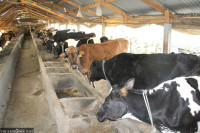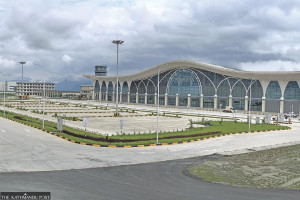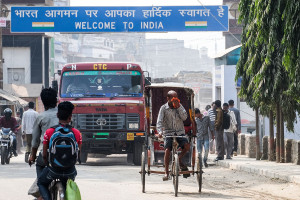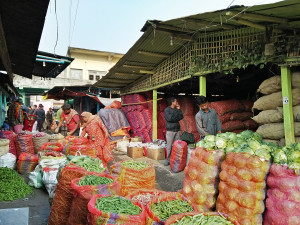Money
Nepal formally adopts digital driving licence
The Department of Transport Management (DoTM) has finally brought out its long-planned smart driving licence which will replace cardboard driving licences currently in use.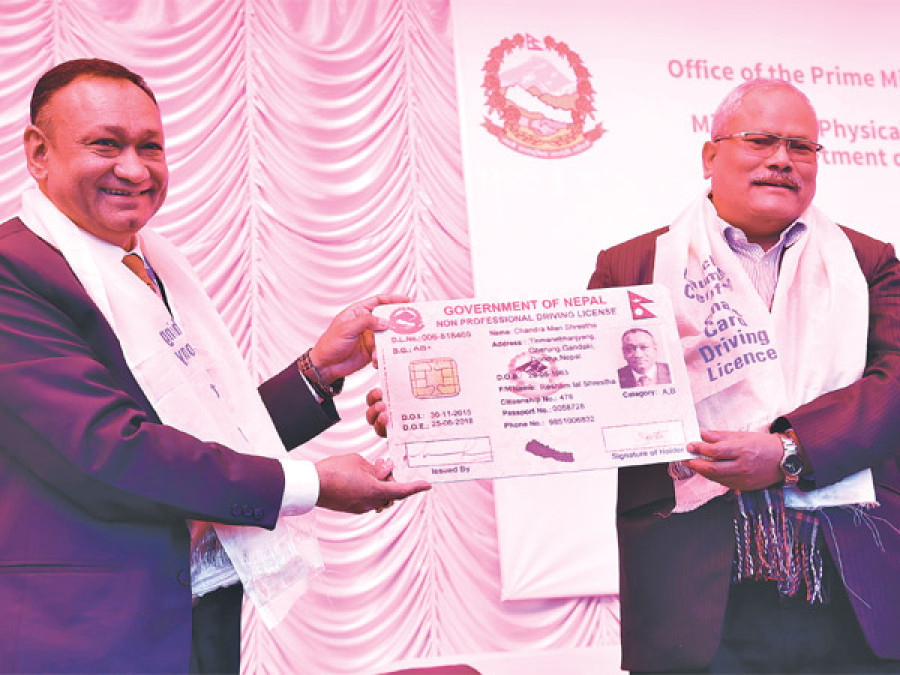
The Department of Transport Management (DoTM) has finally brought out its long-planned smart driving licence which will replace cardboard driving licences currently in use. The Transport Department stopped issuing paper licences on Monday.
The new licences are similar to ATM cards issued by banks. They contain electronic chips similar to SIM cards and store information like the driver’s identity and vehicle registration number.
The Transportation Management Office, Bagmati will start issuing smart licences from December 20.
The department will also start migrating all the data to a digital platform which is expected to be completed within a week.
The department has stated that it has already purchased 160,000 units of smart cards which will be issued to those acquiring new licences. Likewise, the process for procuring 400,000 additional cards will begin within a couple of months.
The cards will eventually be issued from all the zonal offices of the department, except Karnali zone.
According to Shrestha, the department plans to complete replacing the technology enabled licence within three to five years. Till date, the DoTM has issued around 2 million driving licences, out of which around 1.5 million are estimated to be active.
Deputy Prime Minister and Minister for Physical Infrastructure and Transport Bijay Kumar Gachhadar launched the new licences by unveiling a licence issued in the name of DoTM Director General Chandra Man Shrestha and a replica.
Speaking at the event, Gachhadar stressed the need to make people aware about the newly introduced licences. He added that the use of technology would end anomalies prevailing in the sector.
“Government agencies related with transport management have faced various accusations and have been criticized for mismanagement. Many of the problems will be solved once these technology driven licences are issued,” Gachhadar said. “Issues related with fake licences, among others, will be controlled.”
Meanwhile, Pratap Singh Thapa, Additional Inspector General (AIG) of the Nepal Police, said that the use of the newly issued cards would help the police manage the overall transport sector. “Police checking will be easier and more credible. There will be no chance of duplication,” Thapa said, lauding the initiative of the department to digitize driving licences.
Asian Development Bank (ADB) Country Director Kenichi Yokoyama said that with the launch of the smart card, Nepal’s transport management had taken a crucial step towards smart governance of the sector, using the latest state-of-the-art technology on information and communication.
“I am convinced that this centralized system with bio-metric data will not only save time and increase efficiency in the processing procedure for Nepali citizens, but also contribute to supporting the government to provide a secure system and efficient data management, minimize fraudulent practices and systematise revenue collection.
The DoTM initiative is part of the Information and Communication Technology Development Project signed by the government and the ADB in 2008. The $25-million grant project envisions helping the government promote economic and social development and reduce poverty by making ICT more accessible.
While the data recorded on the smart driving licences will be accessible to all the transport offices across the country, linkages will be made available to the traffic police, police and insurance agencies, among others, so that they can get complete information about the driver.
Meanwhile, driving licence applicants will have to give a fingerprint impression, get a passport-size photograph made and place their signature on the licence card by visiting the transportation office. This means that people will not be able to get their colleagues or friends obtain or renew licences on their behalf.
“Our intention is to
create efficient governance. With the technology in place, we aim to leave no stone unturned to keep a tab on those holding a driving licence,” Shrestha said.




 14.12°C Kathmandu
14.12°C Kathmandu




